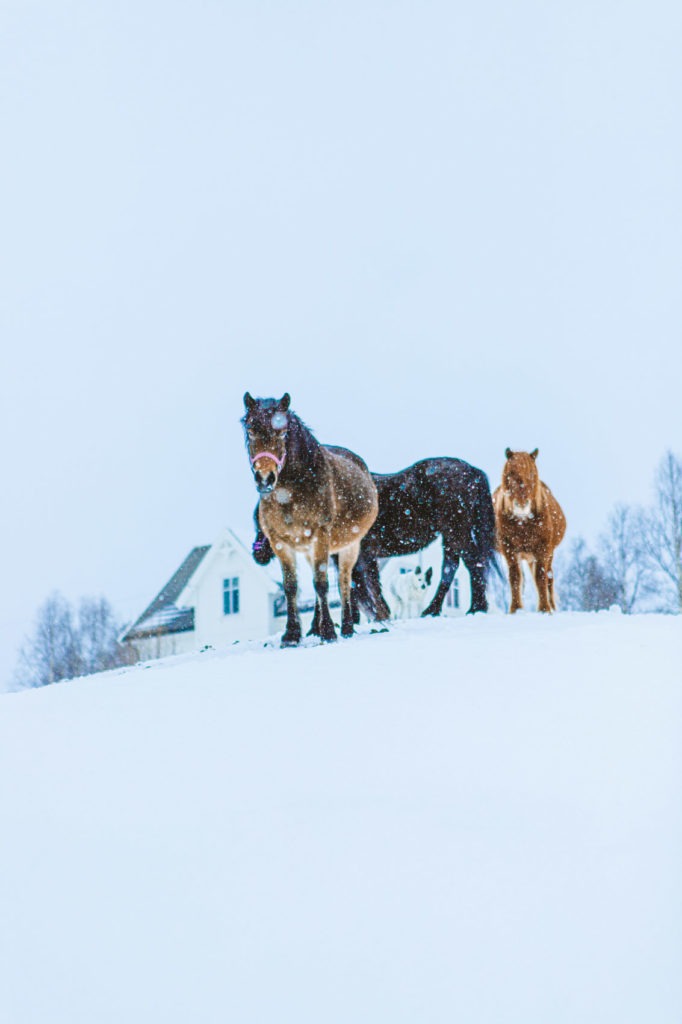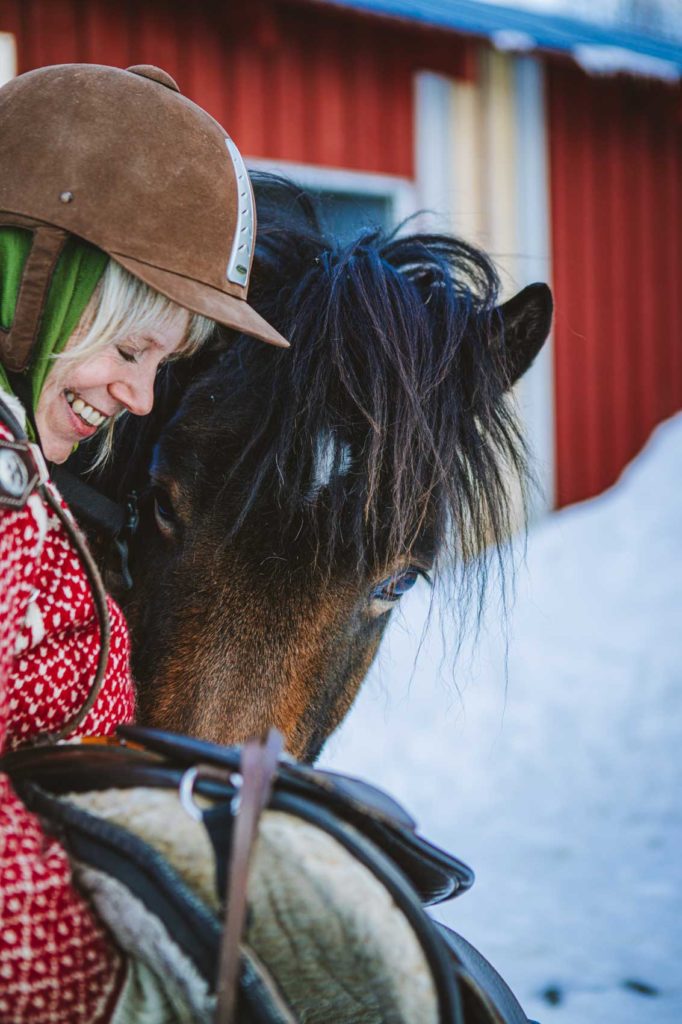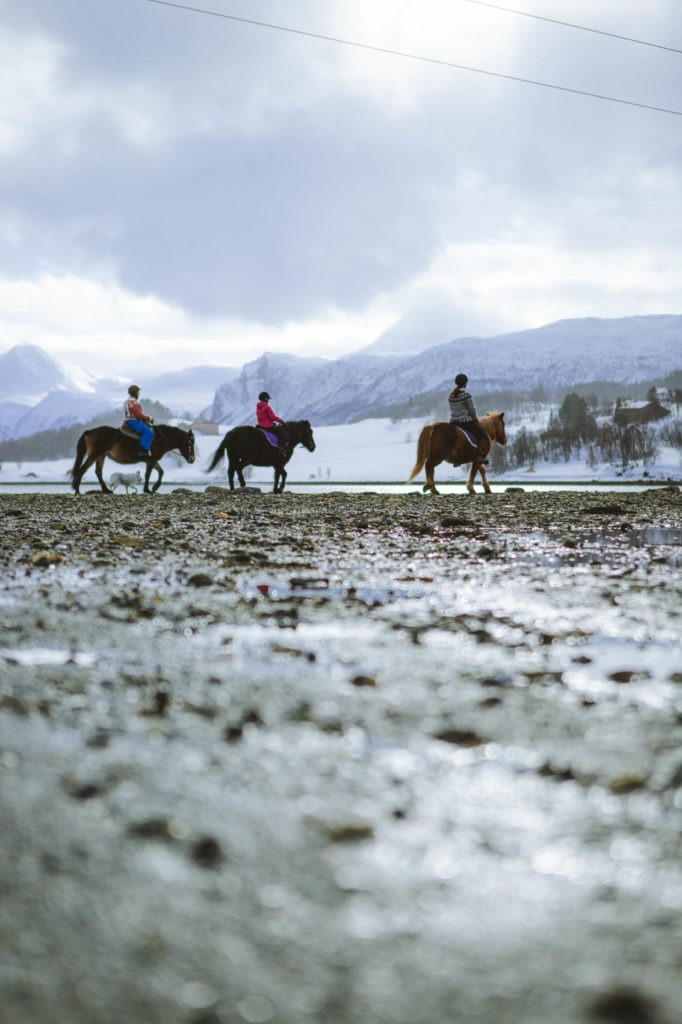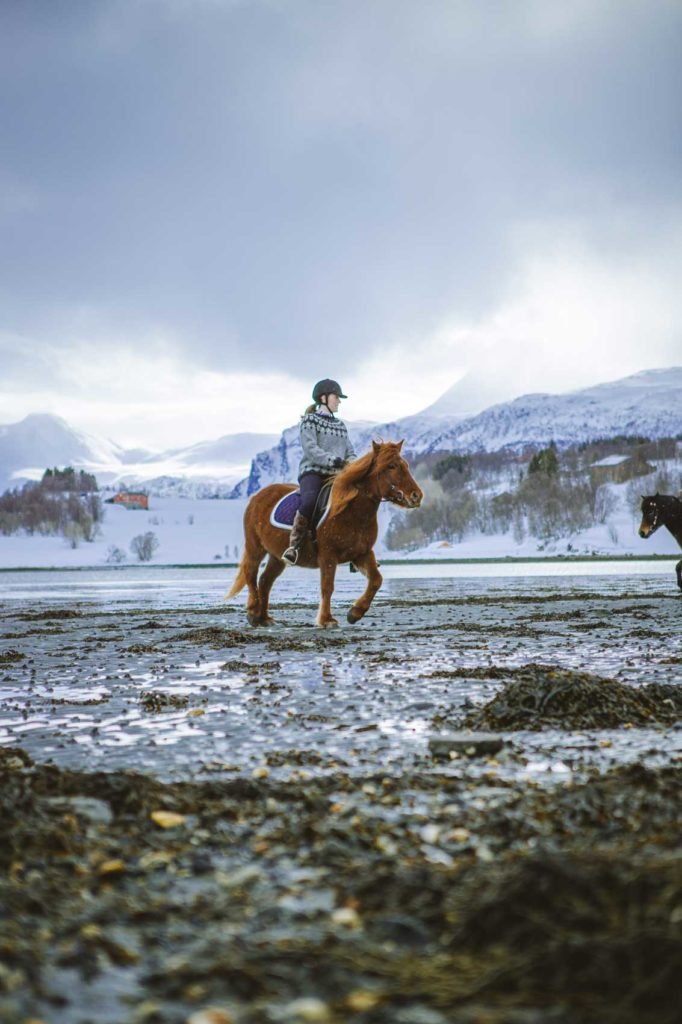Although the Lyngen horse is considered Norway’s oldest horse breed, we know little about it. The Lyngen horse wasn’t even classified as an own breed until the 1930s, and therefore its earlier history is unclear. We know for a fact that it is an ancestor of the way more popular Icelandic horse, and that it might have ties to the Mongolian horse breeds.
A visit by Genghis Khan
It is believed that the Lyngen horse is a distant relative of the Mongolian horses used by Genghis Khan and his army. History shows that some Mongolian groups indeed travelled all the way to the Baltics, but whether the Mongolians visited Norway is unknown. However, veterinarians have matched the genes of the Mongolian horses with the Lyngen horse, so there is definitely a chance that the Lyngen horse has some warrior blood in them despite their calm demeanour.
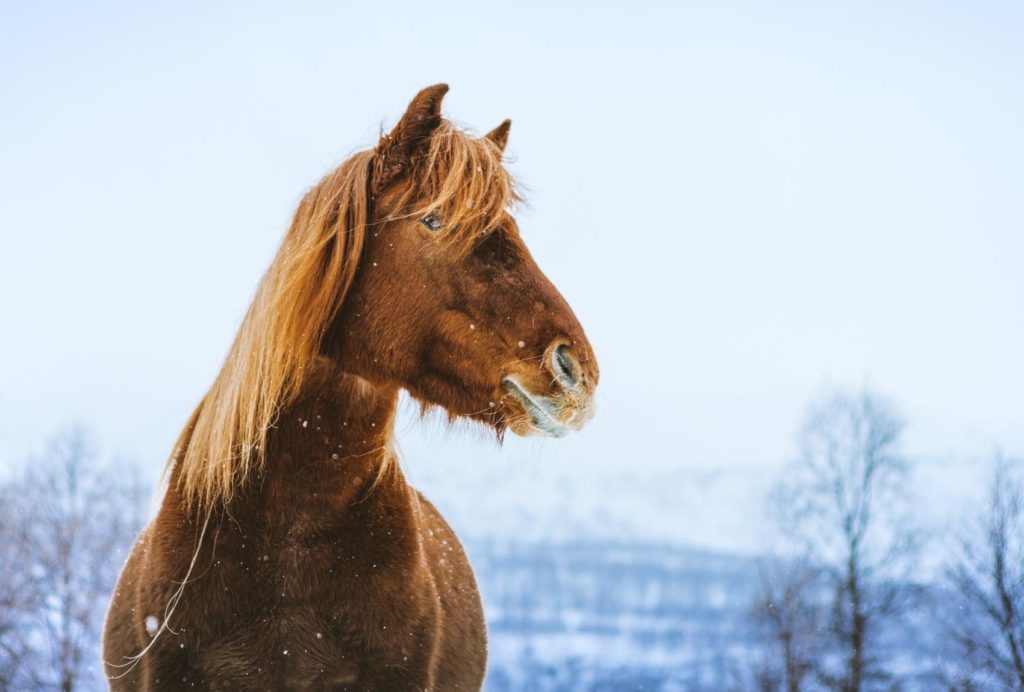
Workhorse
Mongolian or not, the Lyngen horse is an exceptional, strong horse. Its versatile nature has made it an essential part of farming in Norway, throughout history. The work mostly consisted of ploughing fields, transporting people and goods, and towing logs from the forests. This small, but sturdy horse has an eagerness to work, and making these duties were no challenge for the strong and well-muscled creature.
During the winter these horses experience all the snowstorms, hail and freezing temperatures that the Norwegian climate has to offer well above the Arctic Circle. They’re used to this hardcore weather, and often stay outdoors even when they have stables to seek shelter in. During heavy snowfall they stand completely still in order to build a blanket of snow on their backs, isolating their fur and keeping them warm.
“The Lyngen horse is a robust and versatile horse. A horse you can use for everything. It is made for northern Norwegian nature and climate”
Yvonne Larsen

Rimfakse The Saviour
Due to setbacks in breeding during the second world war, there were at some point only 15-20 Lyngen horses left. Only one of these was a stallion, and his name was Rimfakse. He single-handedly saved the entire breed, and as a result, all of today’s Lyngen horses descend from this one horse. This makes Rimfakse the by far most famous Lyngen horse to ever have lived. The work of saving the breed was hard but manageable. At the start of this millennium, the breed was no longer in acute danger of extinction. Today there are around 2500 Lyngen horses around Northern Norway, but the numbers are dwindling, and the breed is still endangered.
A passion for horses
One of the people dedicated to keeping the Lyngen horse breed alive is Yvonne Larsen. She’s “born on the horseback” and has been living with horses all her life. Although she’s had several different breeds of horses, the Lyngen horse is definitely her favourite.
“Having a horse is a lifestyle, a lifestyle I couldn’t live without. “
Yvonne Larsen
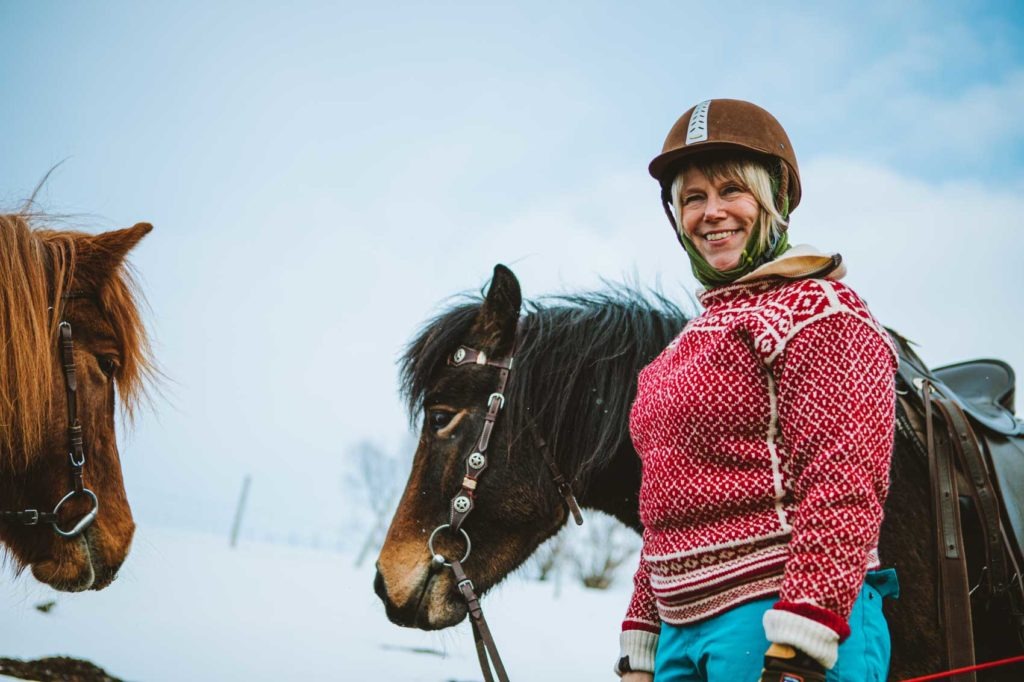
Taken care of for generations
Yvonne lives on a farm in Lyngen in Northern Norway. For six generations the farm has been in her family, and many of the farm’s buildings date back to the 1840s. For almost two centuries the farm has housed all kinds of animals, and at some point this was one of the largest farms in the area, employing dozens of people. Today, the farm isn’t thriving as it did a few generations ago, but it doesn’t mean that the stables are empty. The farm houses three Lyngen mares, two of whom are pregnant, due in June.
Empowering women
Historically, the use of a horse was a man’s work because of the horse’s tall body. The Lyngen horse, on the other hand, was low enough for a woman to handle, thus enabling women to do farm work alone, when the men spent weeks, maybe months fishing at sea. That’s why the Lyngen horse played an important part in empowering independent women in Norwegian society.
” A life without horses is like a church without Chirst.”
Karoline (10), stable girl
Diminishing workload
As tractors became more widespread in the last half of the 20th century, the need for workhorses diminished. Therefore, the Lyngen horse is used for sports and recreational activities nowadays. In the summer some horses and their riders go on long trips in the Lyngen area and sometimes climb up the steep mountainsides of the Lyngen Alps. This is an extreme adventure through one of Norway’s largest mountain ranges. We’ll cover this journey in a later blog post.
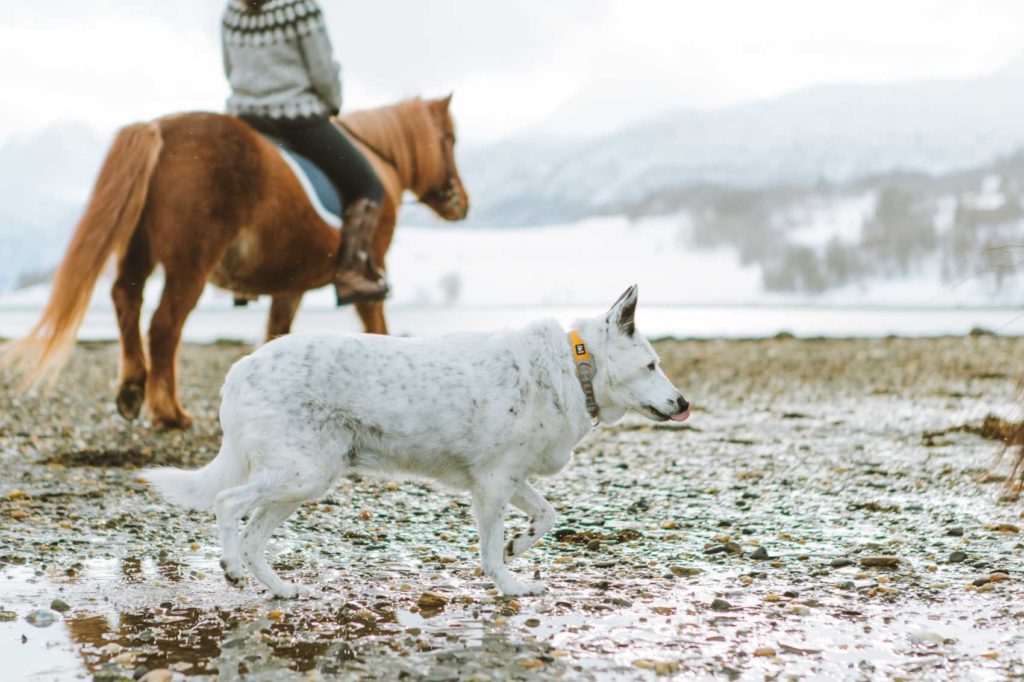
Interesting read? Here at Nuet, we publish two blog posts about Scandinavian culture every week. Follow us at @nuetaquavit to get instant updates on new posts. While you’re at it, check out our other posts right here at nuetaquavit.kinsta.cloud/stories!

